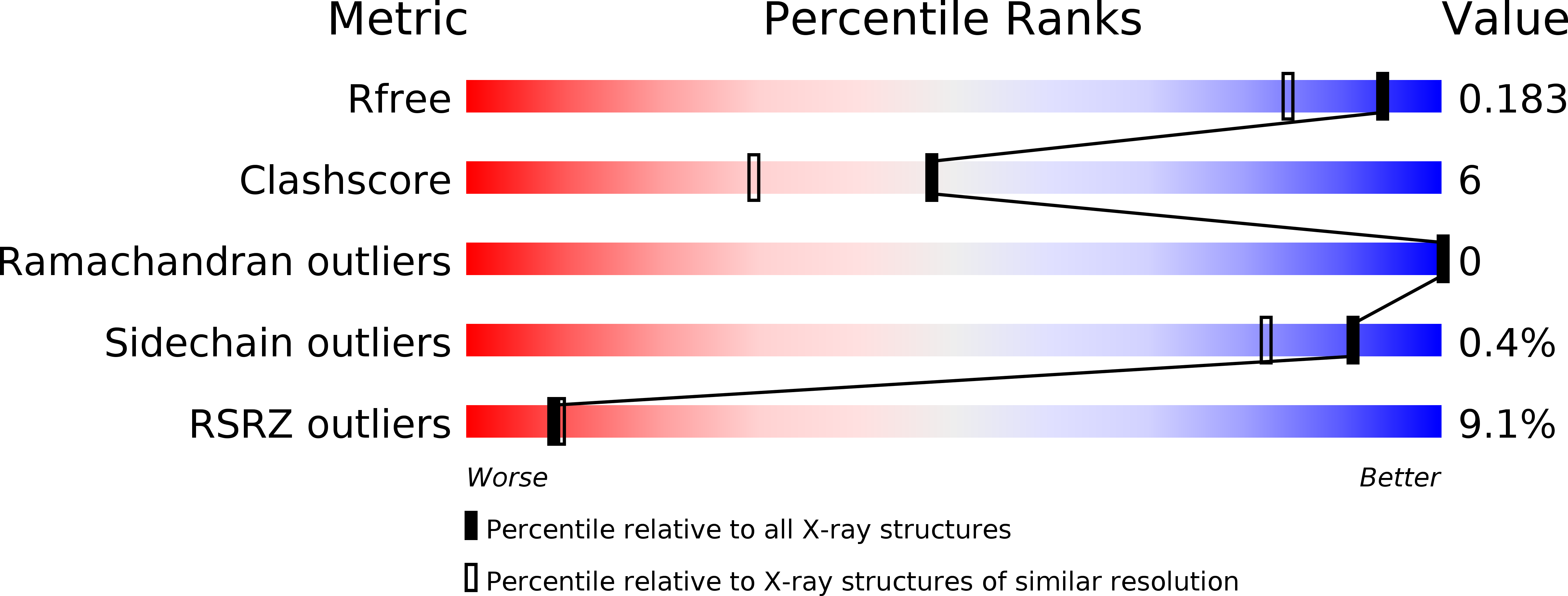
Deposition Date
2012-01-23
Release Date
2012-05-02
Last Version Date
2024-11-13
Entry Detail
PDB ID:
4AFV
Keywords:
Title:
THE STRUCTURE OF METACASPASE 2 FROM T. BRUCEI DETERMINED IN THE PRESENCE OF CALCIUM CHLORIDE
Biological Source:
Source Organism:
TRYPANOSOMA BRUCEI (Taxon ID: 5691)
Host Organism:
Method Details:
Experimental Method:
Resolution:
1.50 Å
R-Value Free:
0.18
R-Value Work:
0.15
R-Value Observed:
0.15
Space Group:
C 1 2 1


